|
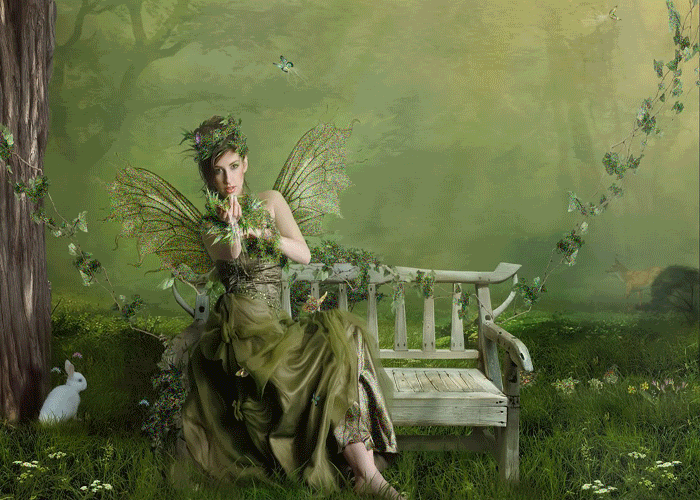
Come away, O human child!
To the waters and the wild
With a faery, hand in hand,
For the world's more full of weeping than you can understand.
~William Butler Yeats~
The Stolen Child.

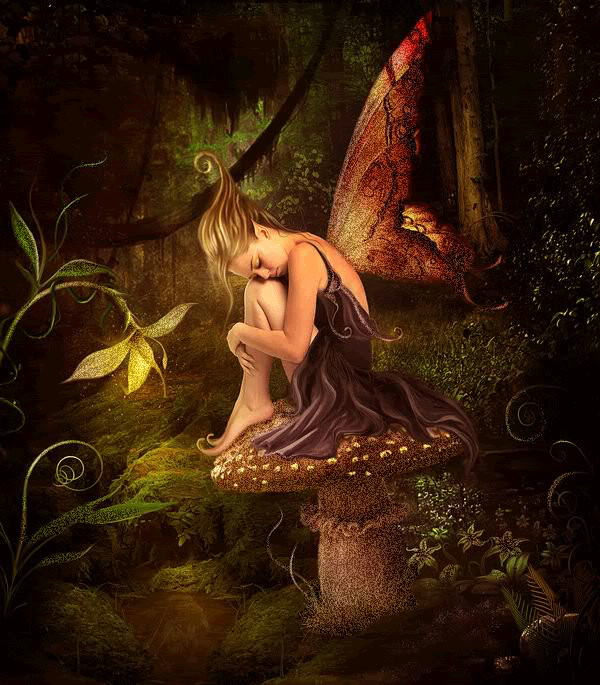
In his famous poem "The Horns of Elfland," Tennyson wrote that even the echoes ofelfin bugles are growing faint and dying away, as the fairies disappear from the woods and fields, chased away by modern life. This was a favorite theme of the Victorians, who believed that the fairies were taking their leave of us and that magic would soon vanish from the world forever. Fortunately, as far as I can see, the Victorians were dead wrong. The British Isles, and other parts of the world, are still thickly populated by the elfin tribes, if the present revival of fairies in popular culture is any indication. In North America, fairies are everywhere — in books and paintings, on t–shirts and teacups, in children's toyshops, in art museums, and flying through the airwaves. If Tennyson's elfin bugles have dimmed . . .well, never mind. The fairies play electric bagpipes now.
Instead of Tennyson, I'm more inclined to listen to the poet William Butler Yeats, who knew a thing or two about the fairies, for he believed in them all his life. He said that "you can not lift your hand without influencing and being influenced by hordes of them."
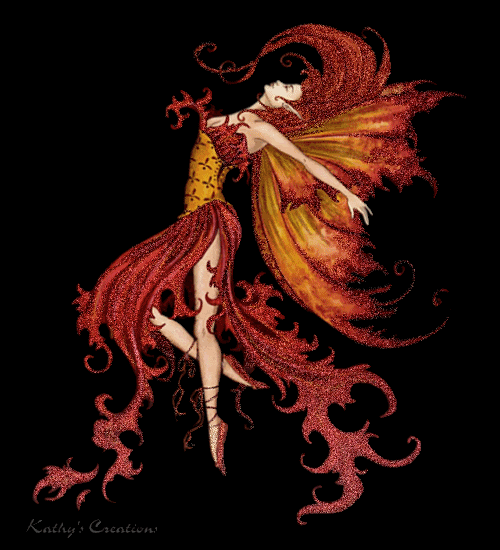
There's a famous story of a Scottish house fairy who proved to be so terribly annoying that the family in the house tried and tried to make him leave, to no avail. Finally there was no help for it. The family packed to go themselves. But as they drove down the road, their worldly goods strapped to the old farm cart, they noticed the fairy perched on top, saying, "Ah, but it's a fine day to be moving!" And so they sighed and went back home, knowing they were stuck with him for good. The fairy haunts that cottage and their descendants to this day.
So it is with fairies in literature and art. Fairy stories go in and out of fashion. But just when you think they're gone for good, cast out by book and art critics who insist we move on to weightier matters, the fairies are still there, grinning, saying, "Ah, it's a fine day to be moving!" — determined to move right along with us and be a part of whatever the future has in store.
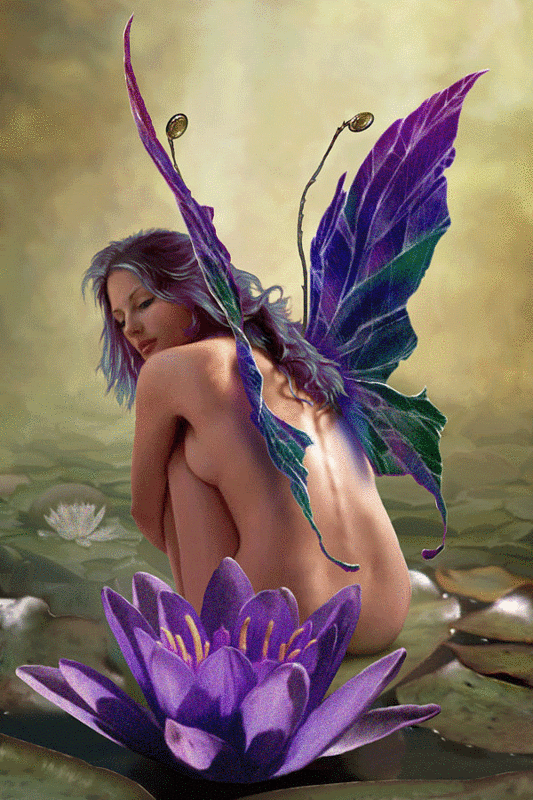
FAIRY SIGHTINGS
Sightings of fairies occur in the 15th and 18th century. Mostly were sighted in Northern Europe. Fairies occupied an ambiguous supernatural zone that gave no clear sense of their origin and moral stature. Recent sightings were usually stories of white ladies even in Asia. They were not photographed and evidences were just plain reports on sightings.
Ann Arbor fairy
Ann Arbor, Michigan residents has been experiencing fairies along with tiny doors popping up around town (Sachs 2006). Numbers already reached up to twenty as of date. Jonathan Wright first discovered one of the six inch doors in 1993. Another was uncovered in their miniature fireplace. The fame has been spreading and Washington Post has been covering their arrival.
Water fairies in Oregon
Aaron, 35, USA took a few pictures of a nearby creek at one of his trips in southern Oregon. The pictures were taken a few years ago while Aaron and his friends were riding ATV’s in the woods. He noticed a couple of fairies flying in some of the pictures he thought to be of poor quality (Fairy n.y.). This is the most recent report in the Fairy Gardens.
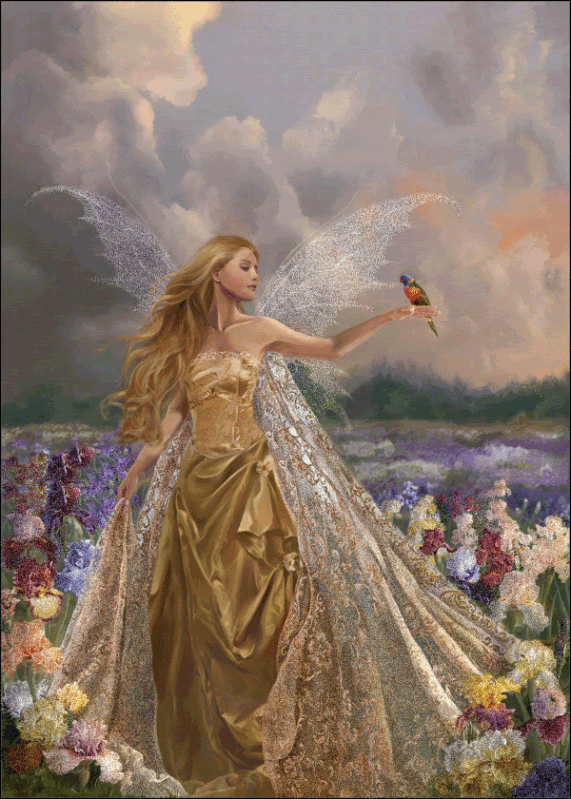
San Juan Capistrano, California
Los Rios Street is one of the oldest residential streets still in existence in California (Los Rios n.y.). A black haired white lady was reported appearing from nowhere. She tends to appear out of a big cloud of white fog at time bringing her big black dog. She usually appears from the large pepper tree along the street. This sighting has been consistent for 90 years.
Deaf Child
Achild of four or five years of age was lying in the grass at Maghera, County Down, when "little men about two feet in height" danced around him. His father chased the beings away, but his son had become deaf, and only recovered ten years later. This is also alleged to have happened in the 19th century.
Little People
In 1188, a Welsh cleric named Elidyr told Gerald of Wales that when he was twelve years old, he had encountered two tiny men who led him through a dark tunnel and into a fantastic realm of little people ruled by a king. He returned to visit several times until he tried stealing a golden ball. The little men pursued and took it back from him, after which he could no longer find the tunnel.
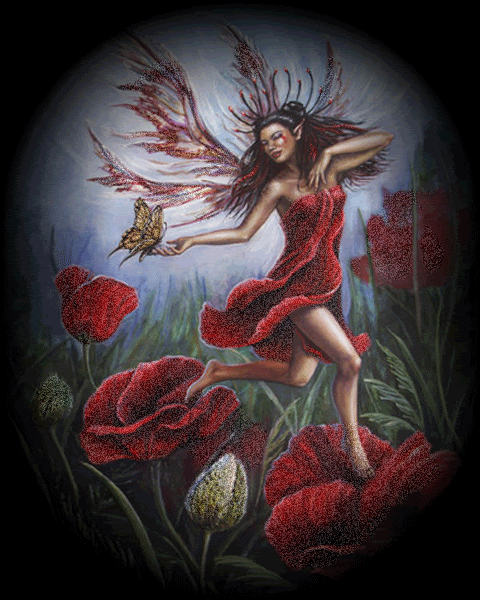
Wales
In 1757, when British cleric Edward Williams was seven years old, he and some other children playing in a field in Wales saw a group of tiny couples dressed in red and carrying white kerchiefs. One of the little men, who had an “ancient, swarthy, grim complexion,” chased the children. The incident puzzled Williams all his life. In the early twentieth century, W. Y. Evans Wentz traveled throughout Ireland, Scotland, Wales, Cornwall , and Brittany, gathering many oral traditions of Fairies from all social classes. One informant, named Neil Colton, told him about Fairies he had seen in the mid-nineteenth century at Lough Derg, County Donegal, Ireland. He and some other children were gathering berries when they heard music and saw six to eight of them dancing a few hundred feet away. A little woman came running toward them and hit a girl on the face with a green rush. The girl fainted after they all ran home and was revived only with the help of a priest .
Cottingley Fairy
The notorious Cottingley Fairy photographs, taken by Frances Griffiths and Elsie Wright, somehow fooled many people over the years. It was only in 1983 that the women finally admitted to using cutouts from Princess Mary’s Gift Book (London: Hodder and Stoughton, 1914), by Princess Mary, Countess of Harewood, on two of the photos taken in 1917. Three other photos taken in August 1920 with a different camera were probably double exposures. However, they never denied seeing real Fairies in the back near Cottingley, Yorkshire, and claimed the hoax was done to demonstrate their reality. The photos and related documents sold for £22,000 at an auction in July 1998. In 1916/17 Frances Griffiths and Elsie Wright, two young girls living in Cottingley, produced the most famous fairy pictures in Britain which are still talked about today.
The first photograph was taken in 1916 and showed Frances with the fairies.
Sir Arthur Conan Doyle, of Sherlock Holmes fame, was entirely convinced by the photographs and to demonstrate his unshakeable belief in the spirit world, he published The Coming of the Fairies in 1922. It recounted the story of the photographs, their supposed provenance, and the implications of their existence.
In 1997 a motion picture entitled Fairy Tale: A True Story chose to emphasize the magical qualities of the Cottingley incident. Charles Sturridge, the director, was quoted in Premiere, November 1997, as saying that he didn’t want to make a film about whether or not the two young girls had faked the fairy photographs. Sturridge emphasized that his film was really all about, “The need to believe beyond what you can see.” Interestingly, yet another film about the Cottingley fairies, Photographing Fairies, appeared in 1998, and director Nick Willing chose to depict the elemental beings primarily as spirits.
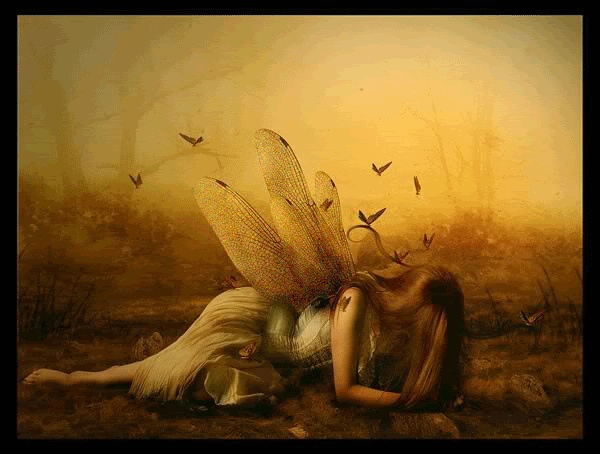
Scotland
On April 30, 1973, Mary Treadgold was traveling by bus on the Island of Mull in Scotland when she looked out the window and saw a small figure, about 18 inches high, who appeared to be digging peat with a spade. It was dressed in bright-blue pants and suspenders and a white shirt with rolled-up sleeves, and it remained completely still as the bus passed. Unexpected mishaps during construction of a new road at Akureyri, Iceland, in 1984 were blamed on the local fairies. Helgi Hallgrimsson, director of the Akureyri Natural History Museum, has collected many eyewitness reports from the district around Eyjafjörur, where a Fairy town is said to be located. Brian Collins, age fifteen, was vacationing on Aran Island, County Donegal, Ireland, around 1992 when he saw two men about 3 feet 6 inches tall, talking in Irish and dressed in green with brown boots. They were sitting on a bank, fishing in the ocean, but suddenly they jumped away and disappeared. Collins retrieved a pipe one had been smoking, but it later disappeared from a locked drawer.
Fmous Writers
Sir Walter Scott (1771–1832) emphasized the beauty of the fairy realm and the struggle of the fairies to achieve humanlike souls. The famed poet William Butler Yeats (1865–1939) had a nearly obsessive interest in the supernatural and strongly believed in fairies. It was the creator of Sherlock Holmes, Sir Arthur Conan Doyle (1859–1930), who came to the defense of Elsie Wright and Frances Griffiths, the two little girls who allegedly photographed fairies in the famous Case of the Cottingley Fairies in 1917. Doyle became convinced that fairies are genuine psychic phenomena and that just as some people can act as mediums and others have unusual powers of extrasensory perception, so do others—especially certain children— have the ability to see fairies. Concerning fairies themselves, Doyle theorized that they are constructed of material that emits vibrations either shorter or longer than the normal spectrum visible to the human eye.
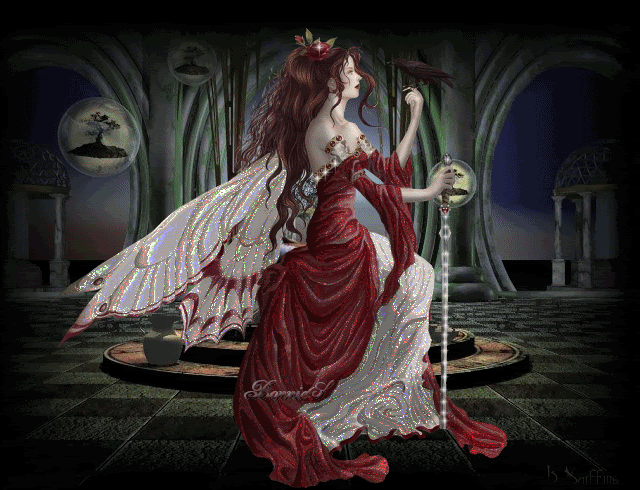
source:
http://www.endicott-studio.com/
http://unmyst3.blogspot.com/2009/11/fairies-sightings.html
graphics and background by:





|